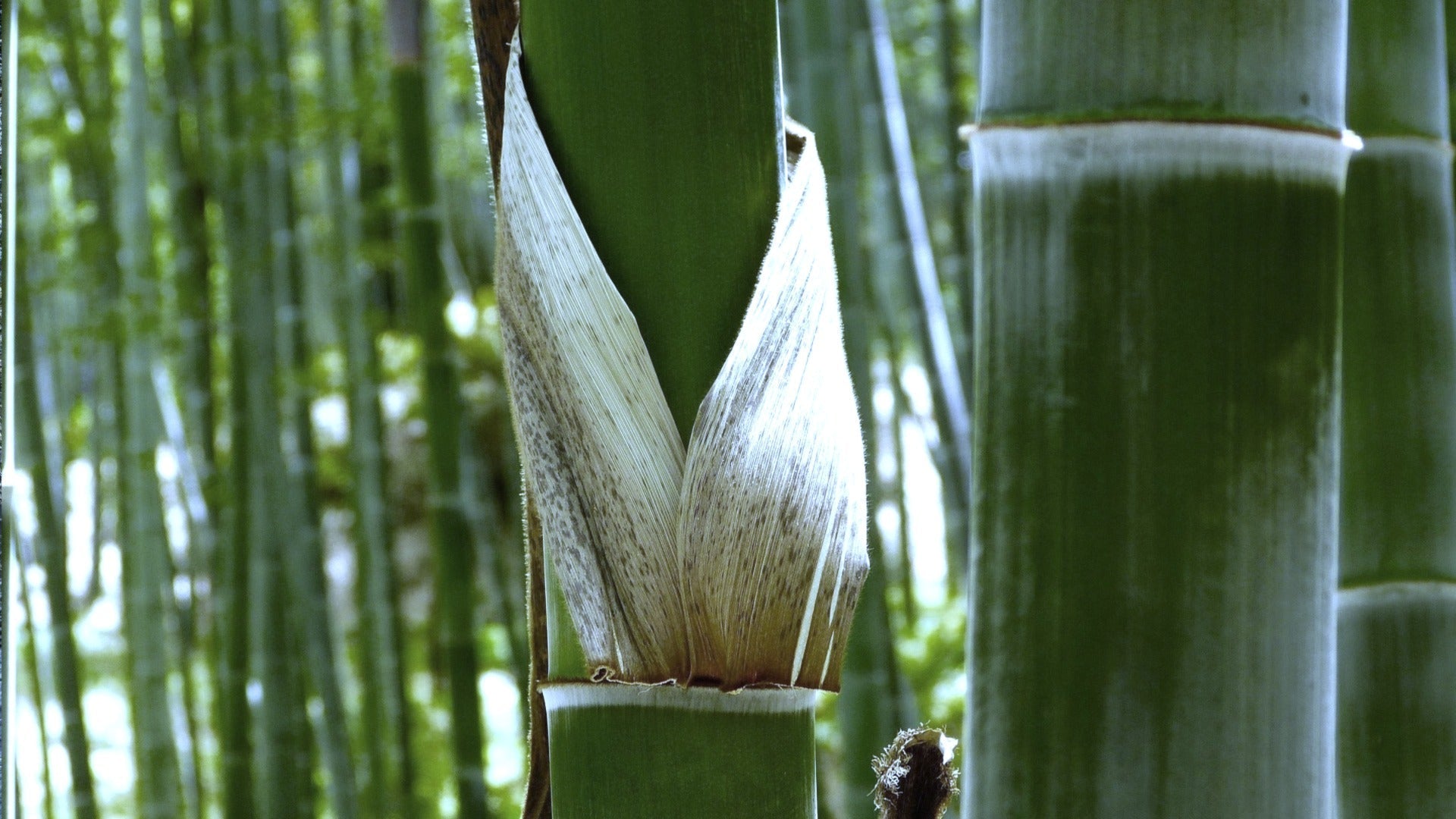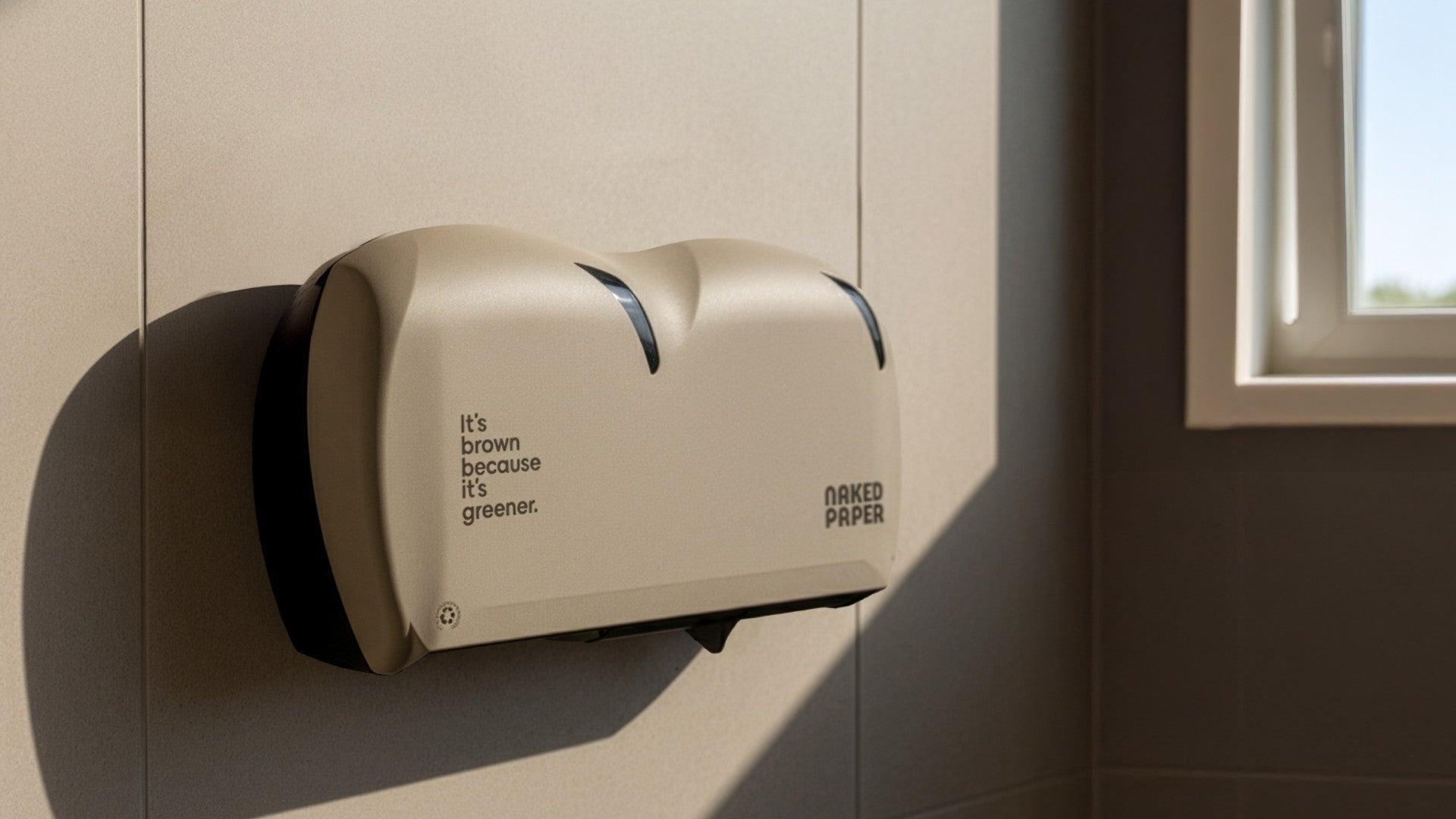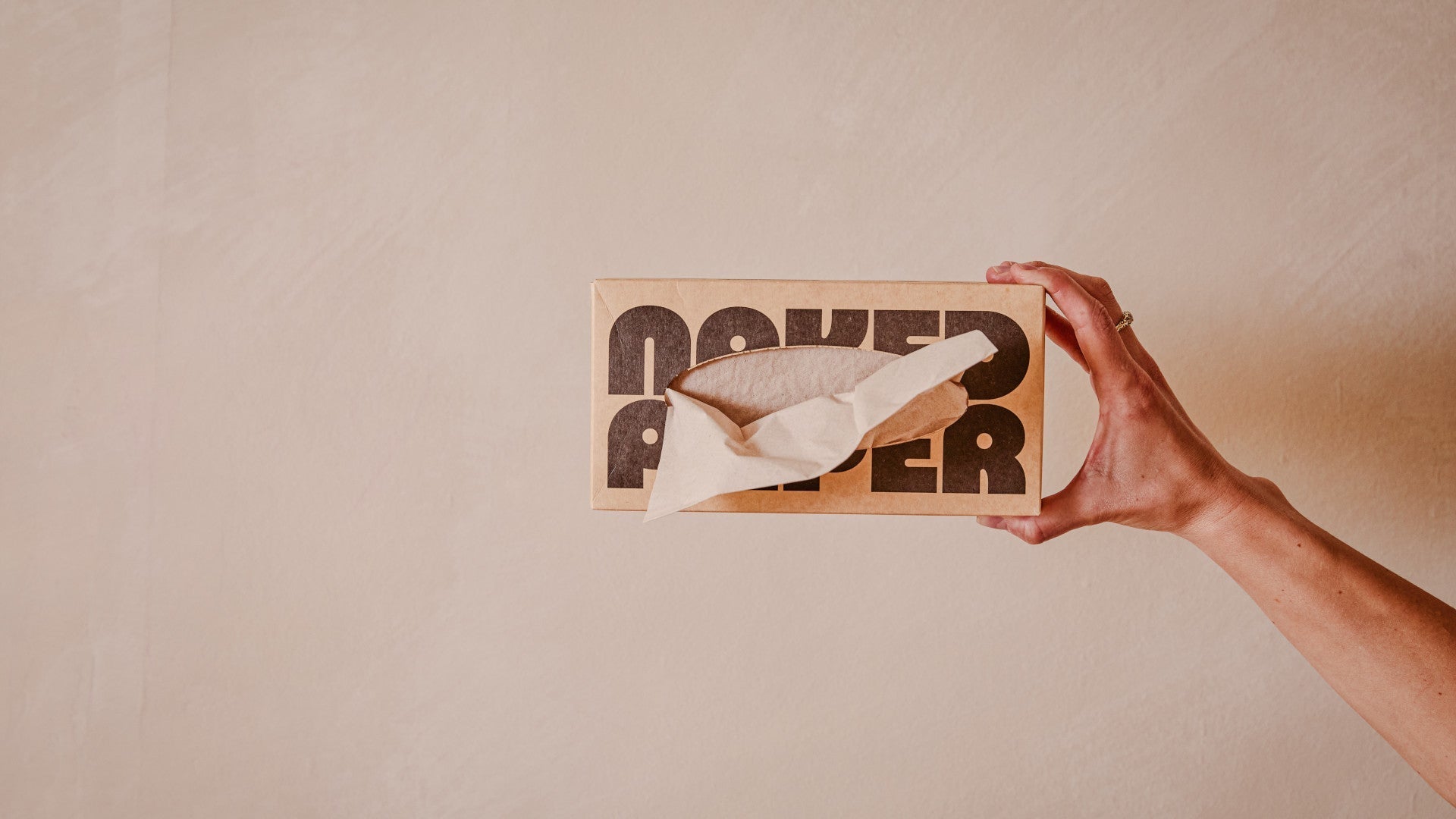How eco-friendly is bamboo, really?

Let’s talk stalks.
Bamboo is a big trend in green business. Take a tour of search engine results for “bamboo products” and you’ll find a forest of toilet paper, toothbrushes, bed sheets, a thousand Instagram posts promising a greener world if only you switch to bamboo everything.
At Naked Paper, we’re big fans of this remarkably renewable plant, but we think it’s important not to overstate the environmental benefits. Raw materials are only ever as good as how you harvest, transport, and process them.
So today we’re taking a proper look at bamboo; the places where it shines, the claims that are overstated, and the realistic middle ground where we make Naked Paper.

1. Does bamboo cause deforestation?
A lot of people worry that bamboo might be fuelling deforestation. It’s a reasonable concern. We’ve all seen reports of what can happen when a particular crop or raw material becomes trendy; avocado toast, anyone?
Fortunately, bamboo isn’t a tree, it’s a grass, and this means you don’t need to chop it down and replant it each time you harvest. Cut the stalk, and it grows right back. It’s a bit like mowing the lawn, if your lawn happens to be 30 feet tall and growing at a rate of three feet per day.
This means the roots stay put, the soil stays stable, and the forest keeps providing habitats for animals, birds, and insects, and absorbing greenhouse gases.
When we talk about the forests where our bamboo is grown, some people picture an industrial logging operation like you’d see when forests are cleared for farmland. That’s very far from the reality of the two FSC-certified bamboo forests where all of the bamboo for Naked Paper is sourced.
In these forests, skilled local farmers select individual stalks and cut them by hand, leaving about a foot of growth. This careful, small-scale approach helps keep the forest in tact and makes sure the only thing that’s cut is the particular stalks that have matured enough to harvest.
This means our bamboo doesn’t come from plantations carved out of natural forest, it is the natural forest. And it’s being renewed and cultivated year round.

2. How quickly does bamboo grow?
Next up, the big eye-catching claim: bamboo grows fast.
You’ll often see companies saying bamboo is more sustainable than wood because given the right circumstances it can grow up to a metre a day. It’s true, and it’s definitely impressive, but there’s often a bit of context missing.
Bamboo grows tall quickly, but it’s hollow. For every metre of bamboo, you get less solid, usable material than a metre of a pine tree, for example.
So while bamboo’s growth rate is incredible, that doesn’t automatically mean it’s the most efficient raw material in every situation. The real sustainability win comes from how it’s grown, harvested, and processed.
Which brings us neatly to...

3. How is bamboo transported?
If you've been directed to this post from our Facebook comments, this one might be for you. One of the main concerns we hear is that shipping bamboo from China wipes out all the environmental benefits.
Surely, people ask, the transport emissions from bamboo must make it worse than standard toilet paper?
It's a really sensible point, and we're always glad to see people thinking holistically about the big picture of how things are made.
Here's the full info on how transport factors into our emissions at Naked Paper.
As we mention above, our bamboo comes from two huge natural forests in China, both FSC-certified. The bamboo is pulped near where it grows, then packed tightly into rectangular bales and shipped to our factory by river and sea freight.
And here’s a key factor for Naked Paper compared with a lot of other bamboo rolls: we’re not shipping finished rolls of air-filled toilet paper halfway around the planet. Just the compact pulp.
Sea freight is one of the most carbon-efficient transport methods available. Moving a tonne of goods by sea produces 12 times less CO2e than moving the same goods by lorry, and more than 100 times less than air transport.
Plus, the biggest source of emissions in standard tissue manufacturing isn’t transport, it comes at the drying stage, when the pulp is blasted with hot air to make smooth tissue sheets. The fact that we use renewable energy for this stage rather than fossil fuels saves far more carbon than the sea journey costs.
So the “but it’s from China” argument doesn’t quite bear out in practice. The climate impact of the journey is about the method of transport, not just the number of miles. And because transporting our bamboo from China to our ground-breaking factory in Spain means we can make our products without using fossil fuels, it’s more than worth the trip.
You can see exactly how much of our product emissions come from transport, and how this compares with toilet rolls made the standard way, in this image:

4. Does processing bamboo use toxic chemicals?
This is where bamboo gets a bit of a mixed reputation. Some people worry that making anything out of bamboo involves environmentally damaging chemicals. They’re not necessarily wrong, but they’re thinking of a very specific category of products.
Fabric, clothing, and woven materials made from bamboo are usually made through the viscose process. This is a chemical-heavy method that breaks the bamboo down into cellulose, dissolves it into a gel, and reforms it into thread by shooting the gel into an acid bath.
It works, but it uses harsh substances like carbon disulphide, which can cause pollution and terrible health risks to people and animals living near manufacturing plants if it’s not handled properly.
Thankfully, the viscose process is only used for cloth. Making bamboo tissue is a completely different story. In terms of chemicals used, it’s basically the same as papermaking using trees, which people have been doing for centuries.
To make Naked Paper, bamboo is chipped, pulped, cleaned with mild soaps and salts, and dried. No toxic solvents or gellification required. We don’t even use bleach. You can see more information about our ingredients and how we make Naked Paper right here.
So while bamboo fabric has its issues, bamboo tissue can be genuinely low-impact when done right.

Bamboo toilet paper that’s soft on the environment
So is bamboo the saint or the sinner of sustainability?
The only way to answer this honestly is to take a good look at how it’s being used.
For simple, minimally processed products like bleach-free tissues, toilet paper, and kitchen rolls, bamboo really does have a lot going for it:
It grows quickly, regenerates naturally, and it doesn’t require pesticides or replanting.
It’s not perfect, but what is? What matters is making sure the whole process, from forest to factory, is done properly.
Want to try bamboo tissue products made without the fluff?
(And if you prefer the idea of recycled cardboard to bamboo, we also make toilet paper, kitchen rolls, and tissues from recycled card and paper collected in the area around our factory)
Recent blog posts
-

How eco-friendly is bamboo, really?
Let’s talk stalks. Bamboo is a big trend in green business. Take a tour of search engine results for “bamboo products” and you’ll find a forest of toilet paper, toothbrushes, bed sheets, a thousand Instagram posts promising a greener world...
-

The hidden single-use plastic in public loos (and how we ditched it)
For our blog post today we thought we’d take a break from discussing the toilet paper you use at home, and consider the toilet paper you find in public loos. Next time you visit the loo in a service station, airport,...
-

Do people still use handkerchiefs? A short history of blowing our noses
Have you ever paused mid-sneeze and pondered the history of the tissue or hankie you're about to use? Probably not, and who could blame you? But the humble handkerchief and its modern-day cousin, the disposable tissue, have a surprisingly interesting...







